In general, I’m a fan of Nintendo: their hardware possesses a playfulness that is absent in their competitors and their games are almost always polished to within an inch of their life.
But Nintendo does seem to make a lot of really stupid mistakes with their hardware: mistakes that often make me wonder what their product designers – not to mention QA teams – are smoking sometimes.
I’m not talking about cosmetic preferences here – purple consoles aren’t to everyone’s taste but that doesn’t constitute a design flaw. Nor am I talking about the incompatibilities between the not-so-hidden agenda of decision makers and the needs of the customer – like proprietary connectors or memory cards – because although these things are annoying, they’re still deliberate if disagreeable decisions and not stupid oversights.
What I’m talking about here are instances where the entire product development process has failed to such a degree that hardware is released with glaring deficiencies that affects the core functionality of said product.
Nintendo 3DS
The Nintendo 3DS brought spectacles-free 3D to the masses. But across its many iterations it also contained three significantly stupid design flaws.
Firstly, it only came with a single analogue stick. The release of the hideous 2nd analogue stick add-on accessory mere months later confirms that this was a stupid design flaw.
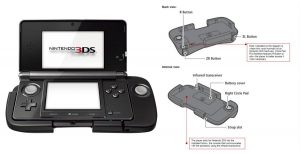
Later revisions of the console had a 2nd stick built-in, though for some reason it was a tiny nipple-like nub and not the true 2nd analogue stick that everyone was expecting and hoping for. Perhaps Nintendo felt that not calling it a 2nd analogue stick somehow excused them for not including it in the original release of the console?
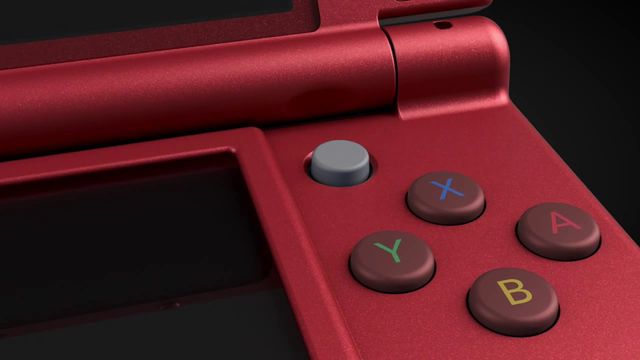
Secondly, in the case of the “new” (read: redesigned) 3DS consoles, the user had to use a screwdriver to remove a cover in order to replace the micro SD card. Although it’s unlikely that a user was going to need to replace this card too often, they most probably wanted to replace the card at least once with a higher capacity example given that the console shipped with just 8GB. Needing a screwdriver to achieve this when I think every other device of this kind in the world allows access without such a tool (as did the original 3DS as well as the later 2DS XL) is just ridiculous.
But a far more serious design flaw that came with the original iteration of the console – one that wasn’t limited to hampering gameplay or causing an inconvenience but actually physically damaging the console through no fault of the owner – was the design of the clamshell.
Closing the screens – as you would do when not using the console – would slowly accumilate scratches on the top screen because it actually came into contact with the bottom half of the console. Later revisions would add little rubber spacers to prevent this from happening, but not before many owners of the original console got to ruin their machines just from using it the way they were supposed to. How was this issue not picked up during development?
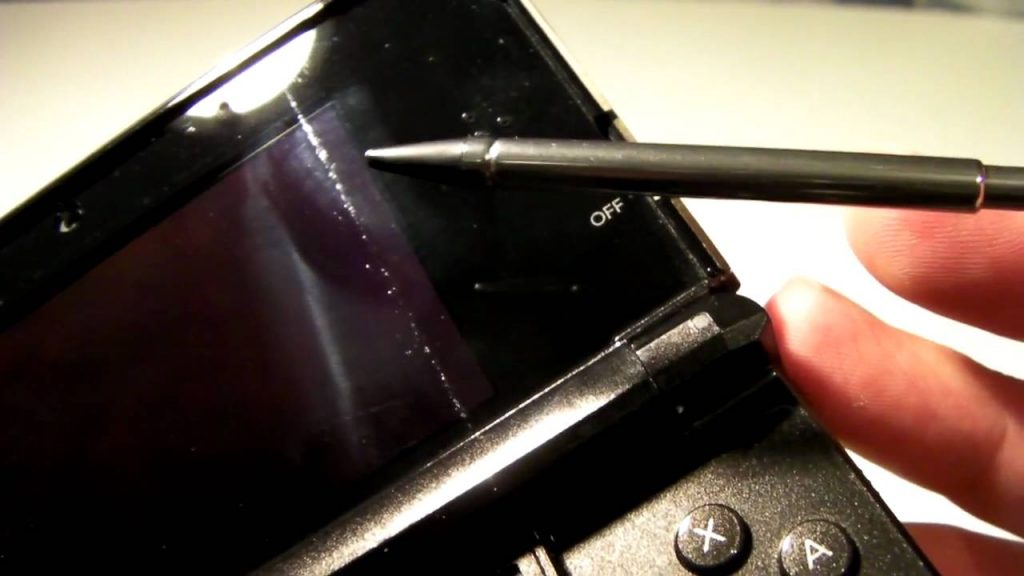
Nintendo Switch
Nintendo clearly didn’t learn from their mistakes with the 3DS though, because the screen on the 3DS’s successor, the Switch, is also damaged when using the console as intended.
The Nintendo Switch is a handheld console that comes with a dock that allows the user to quickly and easily connect the console to their TV. This mechanism allows the gamer to enjoy their games both on the big screen and while on the move.
But sliding the Switch in and out of its dock causes scratches on the console’s screen where the (plastic) screen cover meets the (also plastic) guides of the dock.

Had Nintendo spent a little more and used toughened glass screen covers or alternatively softer (maybe velvet-covered?) guides, then this would not have been an issue. As it was, users were left to come up with their own solutions which often consisted of toughened glass screen overlays, filing down the guides, gluing home-made velvet covers over them, a combination of all three or simply purchasing a third-party dock (and hope it didn’t brick the console).
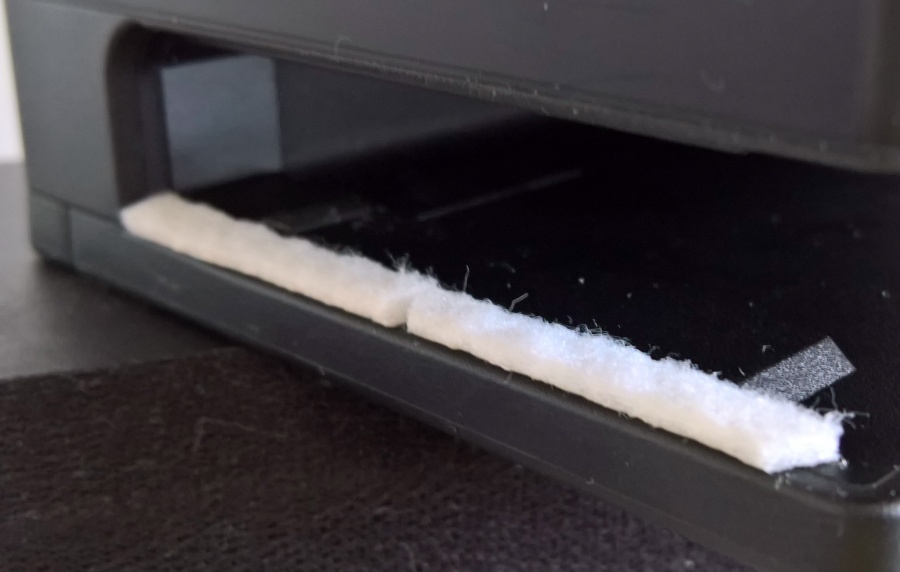
Then there’s the joycons – the Switch’s controllers. For the first few months after release, it was obvious from the many forum posts and news stories that these weren’t quite right either, with many of them failing to register input on the device. Nintendo issued statements suggesting that users must be sitting too far away from their console or that their wifi was causing interference, but there are many videos online of users demonstrating the issue while holding the controllers literally inches away from the console. Bear in mind that this is something that is supposed to work from at least the distance between the sofa and the TV. Nintendo later claimed to have fixed the issue with a firmware update (so it wasn’t wifi interference then?) although many users still complained about the issue.
Then there’s the kickstand. This is a flap at the back of the console that when extended props up the console so that it can be played while resting on a flat surface. Nintendo calls this “tabletop mode”. The kickstand is very thin, very flimsy, and placed so far over to one side of the console that the lightest of taps with your finger on the opposite side is enough to topple it over. This kickstand should obviously have been made from sturdier material and should have been placed more centrally.
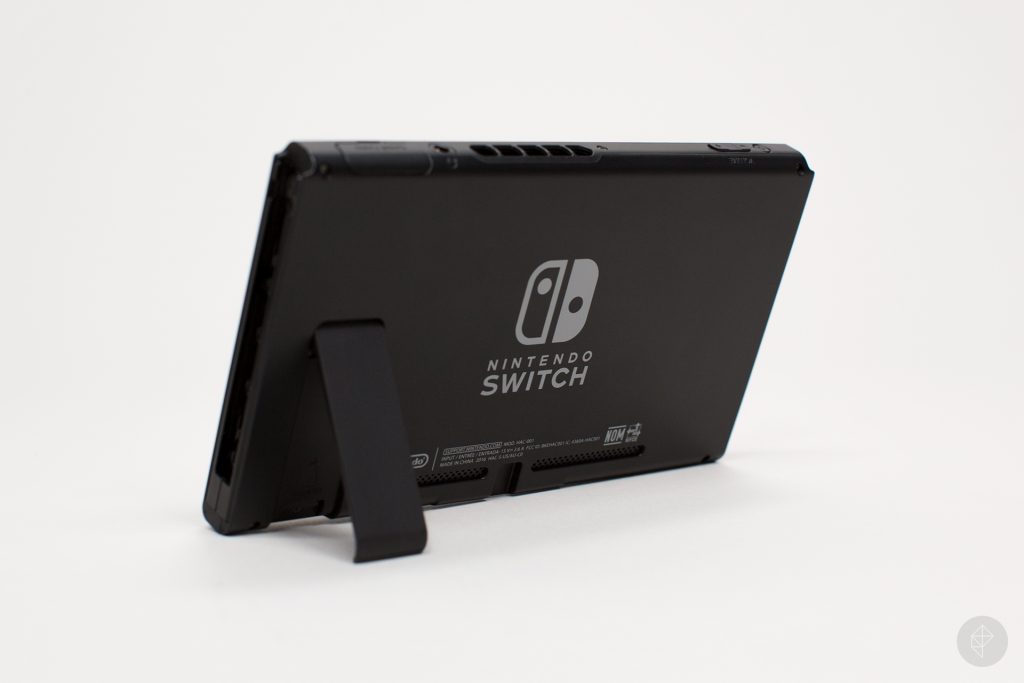
While we’re on the subject of “tabletop mode”, while you’re using the console like this, it’s actually impossible to charge the device because the charge socket sits on the bottom edge of the console – the edge that is now in direct contact with the table.
So you either have to quit playing after a short time to charge up your console or prop it up on the table using a 3rd party stand – or if you don’t want to fork out for one of these, some home-made solution.
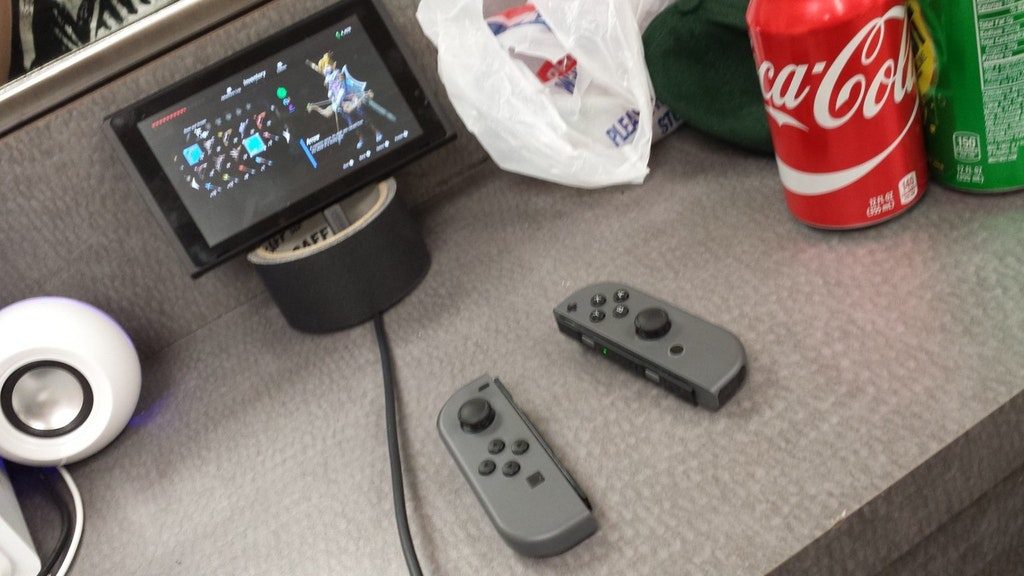
Nintendo finally released their own charging stand on the 13th of July 2018 – a whole 15 months after the console was launched. But the charge socket should obviously have been placed elsewhere.
Usability testing? What’s that?
It’s my opinion that Nintendo makes more than enough money to put their products through some decent usability testing before launch. Have people actually use their products for a month or two and then provode feedback on their day-to-day experiences with the hardware.
I think this would help them to release products that aren’t fundamentally broken in terms of their design and that can only be a good thing both for Nintendo and for their customers.